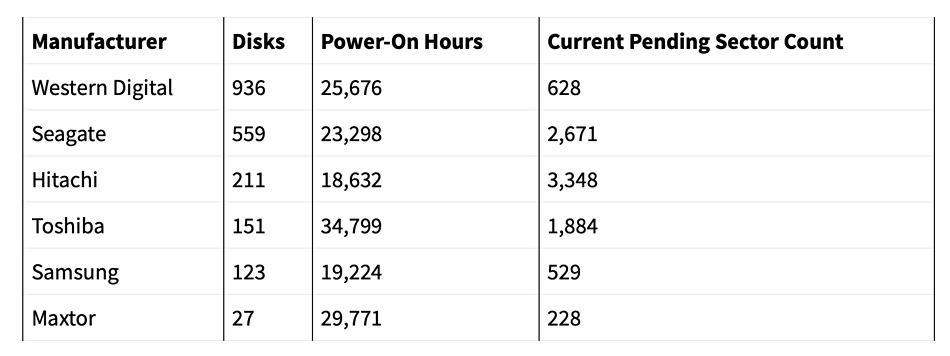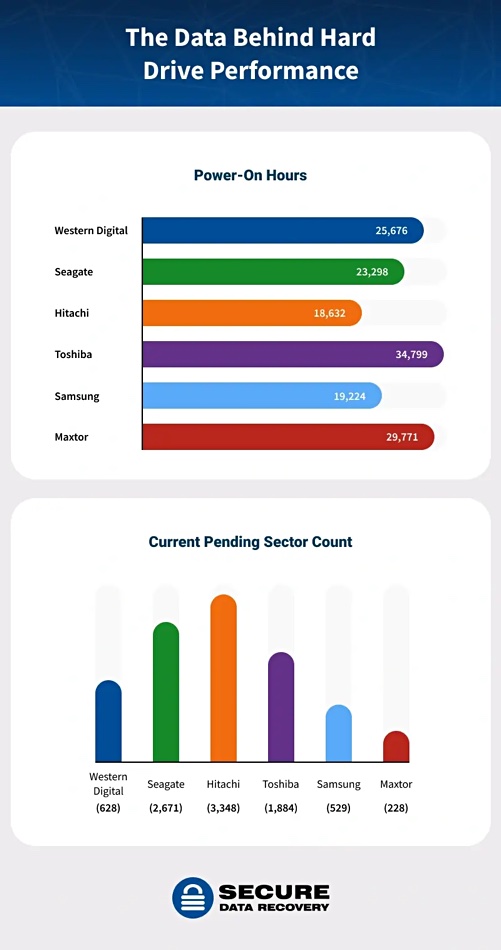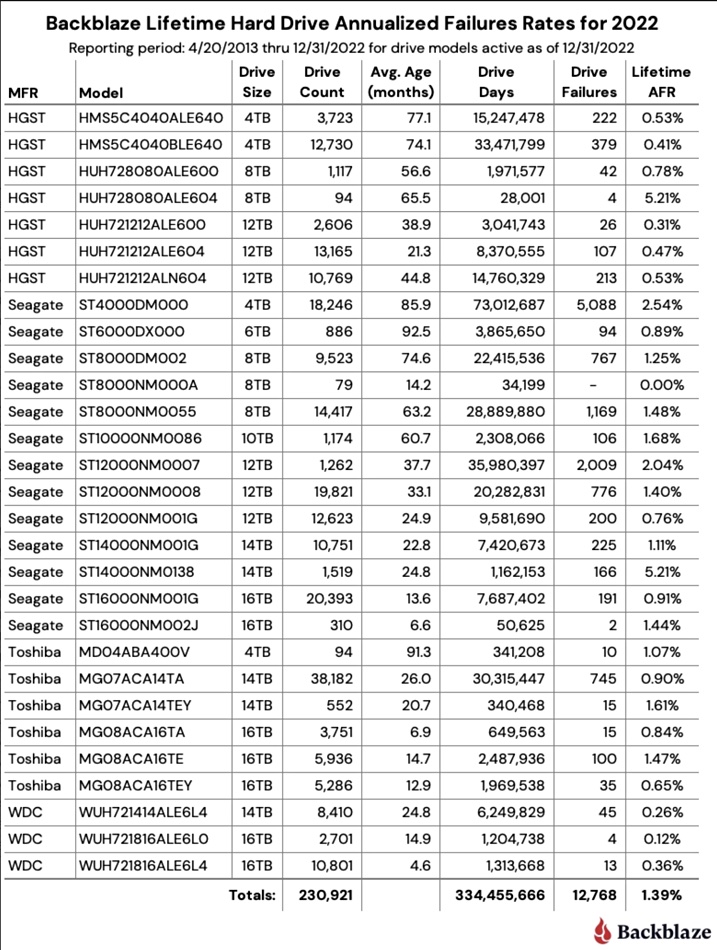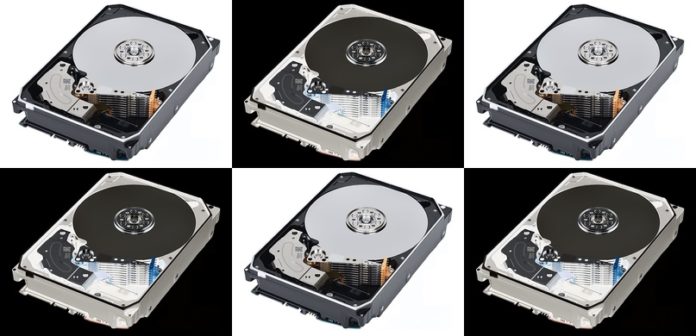Secure Data Recovery found that average failed hard drive spun for 25,233 hours before failing. That’s 1,051 days, or two years and ten months.
Failed drive data recovery biz Secure Data Recovery has produced a report giving its experience of hard disk drive life expectancy from 2,007 damaged and defective drives it has received for data recovery purposes.
Author and content writer Timothy Burlee writes that it calculated the power-on hours number, “calculated from when the user first started the device to its arrival at our facilities.” It also “computed the current pending sector count for failed devices. The current pending sector count refers to the number of damaged or unusable sectors the hard drive developed during routine read-and-write operations.” It excluded drives that failed from non-predictable events such as electrical surges, malware, natural disasters, or accidental mishandling.
Of the drives it received, 47 percent were made by Western Digital, 28 percent by Seagate, 10 percent by Hitachi (a Western Digital brand and giving WD a 57 percent total), 8 percent from Toshiba, 6 percent from Samsung and 1 percent from Maxtor.
Its base data table looks like this:

The average device, Burlee says: “developed 1,548 bad sectors. To put that number into perspective: 1 TB HDDs can have just under two billion total sectors.” He points out that the rate of bad sector development can increase before a failure.
Burlee then charts power-on hours by manufacturer and the current pending sector counts:

Toshiba drives, in his sample, are the longest-lived, working for 34,799 hours before failing, with Hitachi’s the worst, at 18,632 hours. The Hitachi drives also have the highest pending (bad) sector count.
Burlee says the Secure Data Recovery engineers looked mote closely at the two most popular manufacturers; Western Digital and Seagate. He says: “We found that the five most durable and resilient hard drives from each manufacturer were made before 2015. On the other hand, most of the least durable and resilient hard drives from each manufacturer were made after 2015.”
The drives have become more complicated since 2015, with higher areal densities and more complicated recording schemes, such as perpendicular magnetic recording and shingled magnetic recording (SMR). Read-write heads have also become more complex, with complexity increasing the likelihood of failure.
He notes: “in general, old drives seem more durable and resilient than new drives,” and “disks with CMR (conventional magnetic recording) appear more durable and resilient than those with SMR.”
The moral of Burleee’s tale is that users should backup data and so guard against drive failure.
Comment
What this study shows is not the average working life of a hard disk drive. Instead it provides the average working life if a failed disk drive. Cloud storage provider Backblaze issues statistics about the working life of its disk drive fleet and its numbers are quite different.

In January this year it presented a table of drive stats for 2022, shown above. Using this table’s Ave Age (months) column, we calculate its drives in use had an average age of 38 months or 3.2 years. A Seagate 6TB drive had an average age of 7.7 years, measured with 886 drives while a 4TB model with 18,246 drives in use had accumulated 7.2 years of life.
Backblaze does not reveal average working lifetime of its disk drives. The numbers show that the Secure Data Recovery statistics for failed drives may not be close to the average working life of all disk drives.








